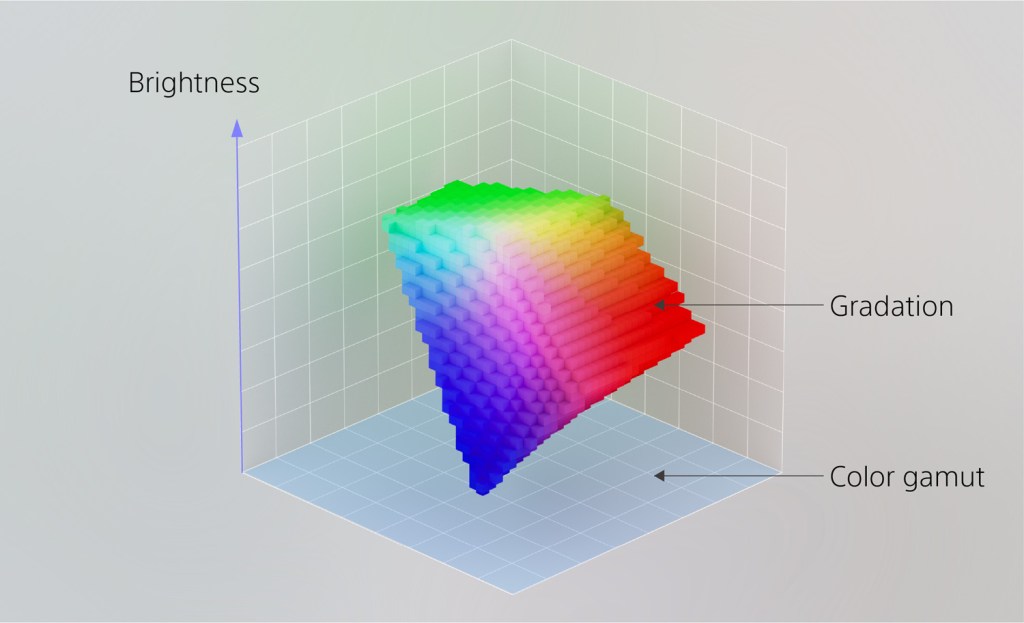Sony has been working on something for several years that I think may just be a terrific game-changer for TVs. And in particular, it could spell the end of OLED TVs being seen as the big shot in terms of picture quality.
Sony’s new RGB tech doesn’t sound that advanced – indeed, the term RGB tends to remind me of early image editing apps and ancient classroom projector. But it is absolutely bleeding edge, a step on from the increasingly popular Mini LED TV tech.
The Mini LED of today uses quantum dot tech alongside blue LEDs. The RGB tech – you’re probably already there – uses independent red, green, and blue high-density backlights.
The result of this is that the RGB-backed displays are brighter and able to display better levels of black, too. Sony says this “result[s] in high colour purity and the ability to reproduce images with a vibrant, wide colour gamut” across the entirety of the display.
Blooming is also reduced around super-bright elements, too, meaning that the Mini LED TVs of tomorrow can get further towards matching the quality and sublety of OLED without the expense – and reliably do it at much larger screen sizes too. And the displays should be super bright – Sony says the tech is able to achieve peak brightness levels of 4000 cd/m².
Sony says the system is able to dynamically allocate the optimal power to each RGB channel based on the specific scene.
Unlike conventional TVs that “concentrate light on bright elements such as stars or the moon in night scenes to boost peak brightness”, Sony’s approach adjusts the luminance alongside the level of colour. Sony adds that this means even single-tone scenes – like a deep blue sky or vibrant red autumn foliage – are “rendered with bright, vivid detail”.

Sony says it is working with its chip design partners MediaTek and Pentonic on the tech set to start mass production later this year, meaning we could potentially see it in TVs in 2026.
Will we get a first glimpse of the tech in a TV during Sony’s traditional keynote talk at the Consumer Electronics Show (CES) next January? Time will tell.


